http://www.hararenews.co.zw/2015/04/where-to-now-short-stories-from-zimbabwe/
.jpg) Where to Now? is a collection of 16 stories
by Zimbabwean writers, published at the time of the inclusive government, hence
the title. The Zimbabwean publishers ’amaBooks co-published the anthology with
the UK publisher Parthian Books. The collection has been translated into
isiNdebele by Thabisani Ndlovu and is titled Siqondephi Manje? Indatshana zaseZimbabwe.
Where to Now? is a collection of 16 stories
by Zimbabwean writers, published at the time of the inclusive government, hence
the title. The Zimbabwean publishers ’amaBooks co-published the anthology with
the UK publisher Parthian Books. The collection has been translated into
isiNdebele by Thabisani Ndlovu and is titled Siqondephi Manje? Indatshana zaseZimbabwe.
Some of the stories look back
to the decade of economic collapse and political conflict, and some look at
wider, longer term issues, such as the position of women in Zimbabwean society
and the conflict between traditional culture and more modern ways. What is
particularly noticeable in this collection is the skill of the writers in
bringing a smile to the reader’s face while dealing with serious issues.
There are some well-known
names amongst the writers, including NoViolet Bulawayo, John Eppel, Christopher
Mlalazi, Raisedon Baya, Blessing Musariri and Bryony Rheam, but new names – to
me – are certainly not disgraced. Nyevero Muza’s ‘The Poetry Slammer’, for
example, tells of a writer who invents the story of a poetry slammer, X, whose
poems tell of ‘the struggle’, and who then joins ‘the struggle’ in an
accidental way. Barbara Mhangami’s ‘Christina the Colourful’ illustrates the
oppression of women through the tale of an unmarried woman returning to her
rural home. The family tries to force her into marriage, but she successfully
resists. Thabisani Ndlovu’s powerful ‘Making a Woman’ continues with the issue
of the position of women and the pressures placed upon them in society, with
Mongi, a woman with hearing difficulties, being abused at the behest of her
father, with horrific consequences. NoViolet Bulawayo’s ‘Snapshots’ draws
smiles and tears as she tells of a young girl growing up in the time of
inflation, until her father’s death and her mother’s expulsion from the family
home changes her life forever.
Half of the writers in the
anthology are now based outside Zimbabwe and some of the stories are also
located elsewhere. Sandisile Tshuma’s ‘The Need’ looks at the horror of
xenophobia in South Africa as a Zimbabwean woman finds herself fatally
assaulted by those she considered her neighbours and friends. The people who
attacked the woman forgot their humanity in the frenzy, and how afterwards,
“This is the ugly part, where the adrenalin has worn off, your rage has
subsided and the collective brain that told you that foreign is bad, that
foreign steals jobs, that your brother is your enemy and that ‘they’ all
deserve to die because your suffering is yours alone, will have no idea why it
thought that in the first place.”
Another story set in South
Africa, ‘Crossroads’ is by Novuyo Rosa Tshuma, who was longlisted for the 2015
Etisilat Prize. This gives the reader a look at the reality of a young
Zimbabwean woman’s attempt to find new opportunities in Johannesburg, but
things don’t work out as she had hoped. The relative she stays with warns her,
“Things around here are hard. It’s hard if you don’t have any papers and you
don’t have any money. All that crap about things being easy here that you hear
back home, forget it.”
A third woman writer, Blessing
Musariri, in her story ‘Sudden Death’, has her protagonist working in a home
for the elderly in the UK. She has a beautiful writing style and certain
sentences demand to be re-read. The protagonist and her husband work long,
arduous hours to make enough to have a house built back home but their dreams
are shattered by an unexpected telephone call from home.
Space does not allow me to
mention all the stories here, but this a gem of an anthology. I have read the
collection on a number of occasions and still delight in the variety and quality
of the offerings found in Where to Now?
Where to Now? is
published by ’amaBooks, Bulawayo, 2011.


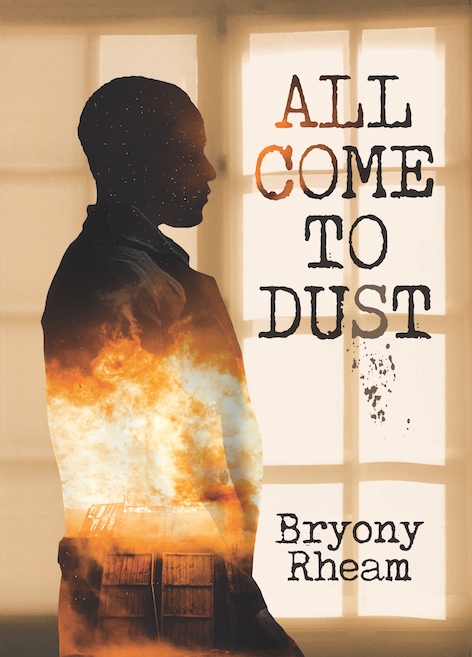
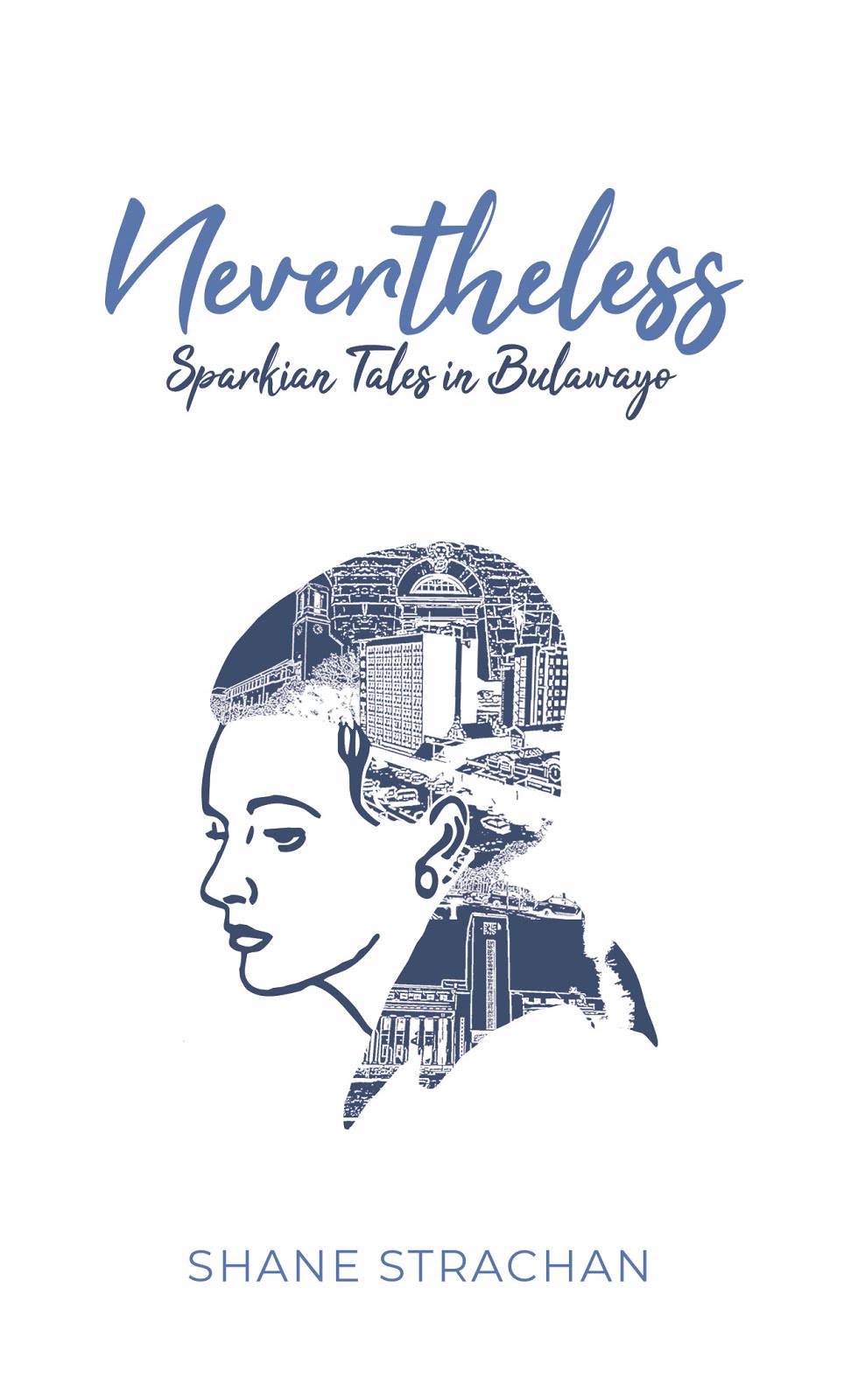



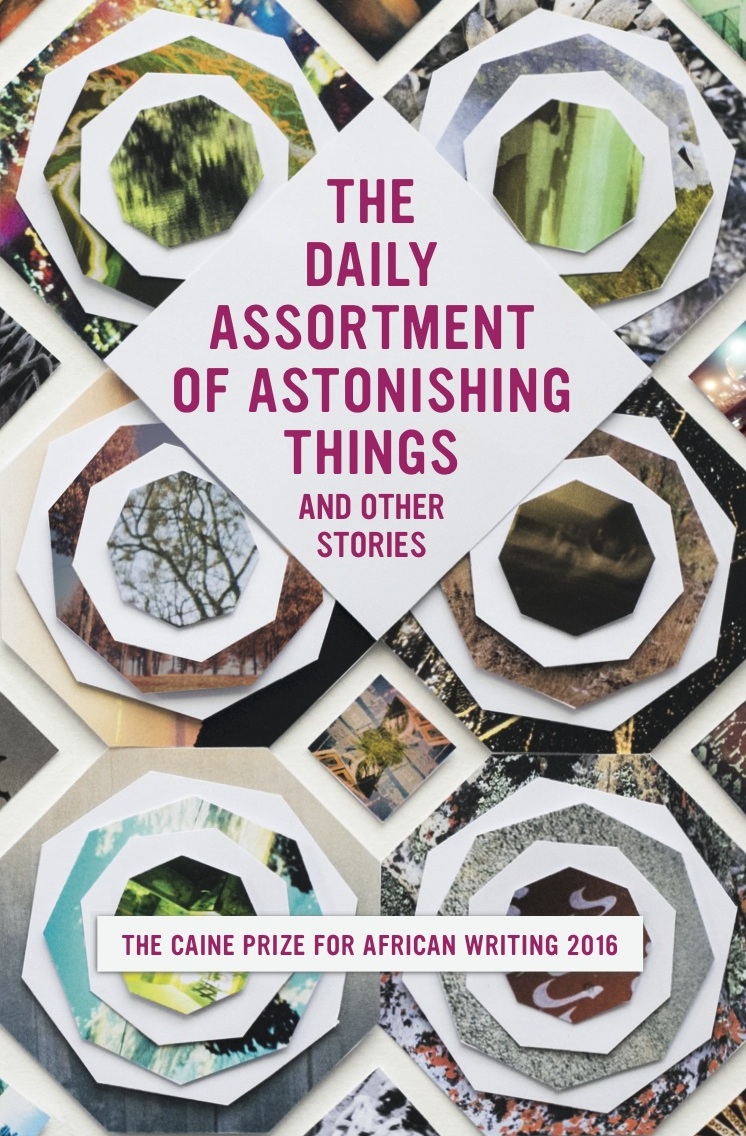
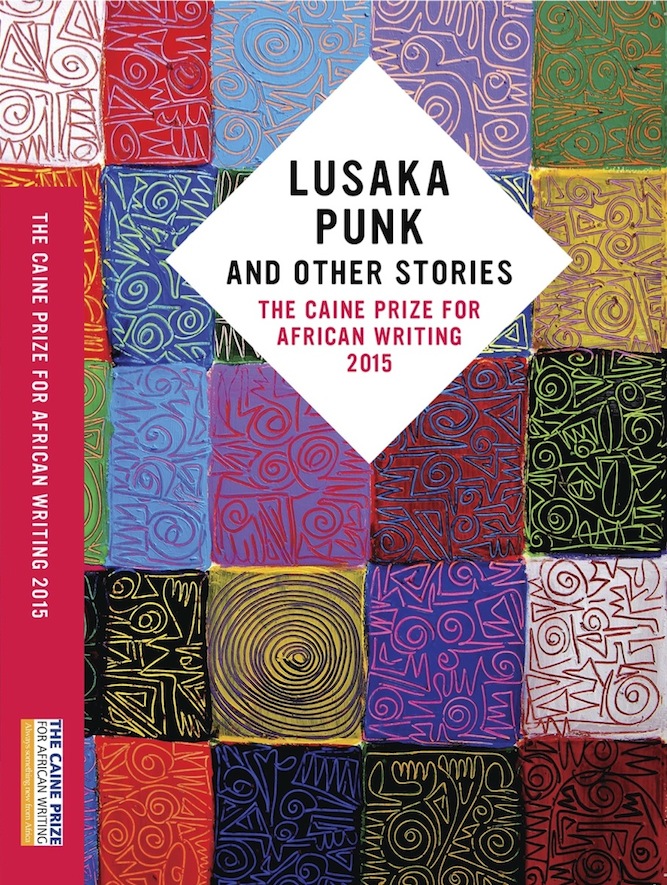
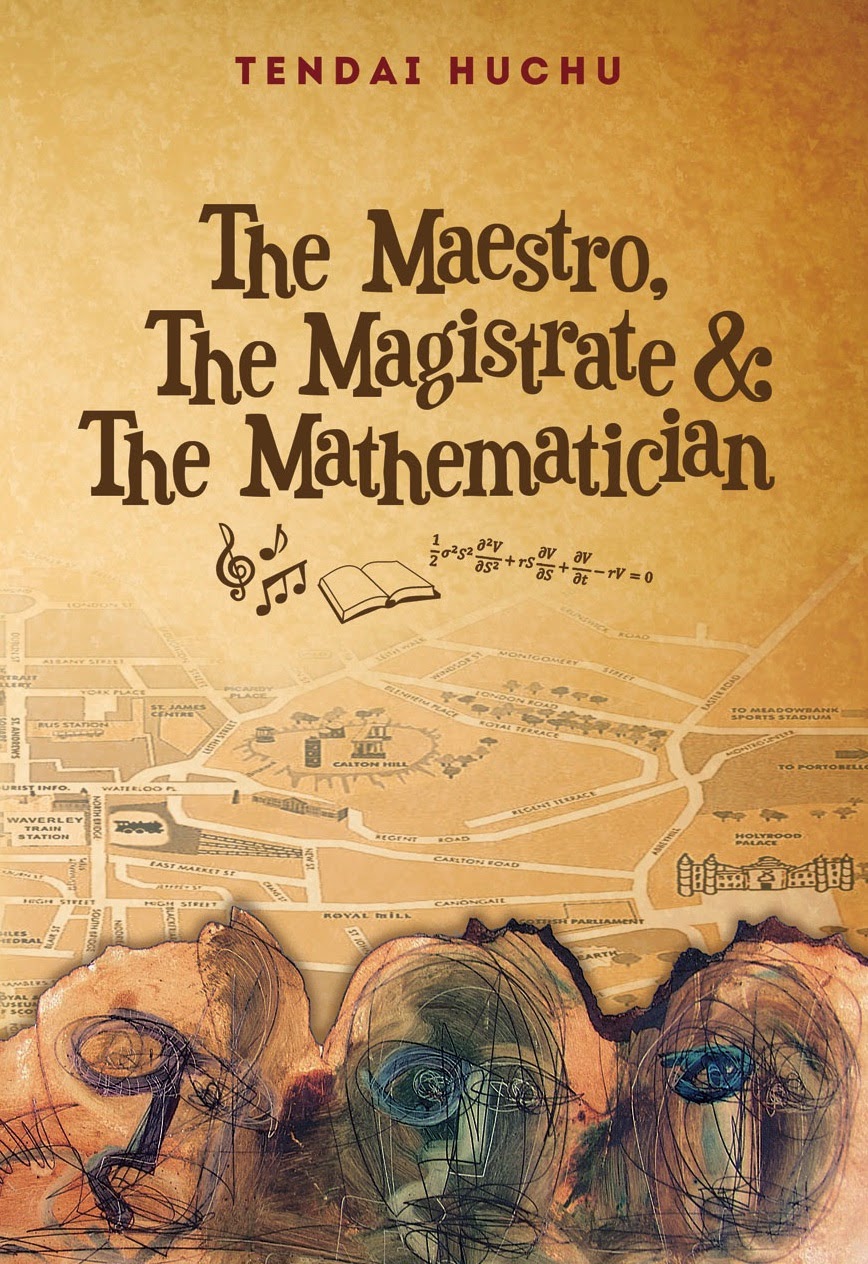

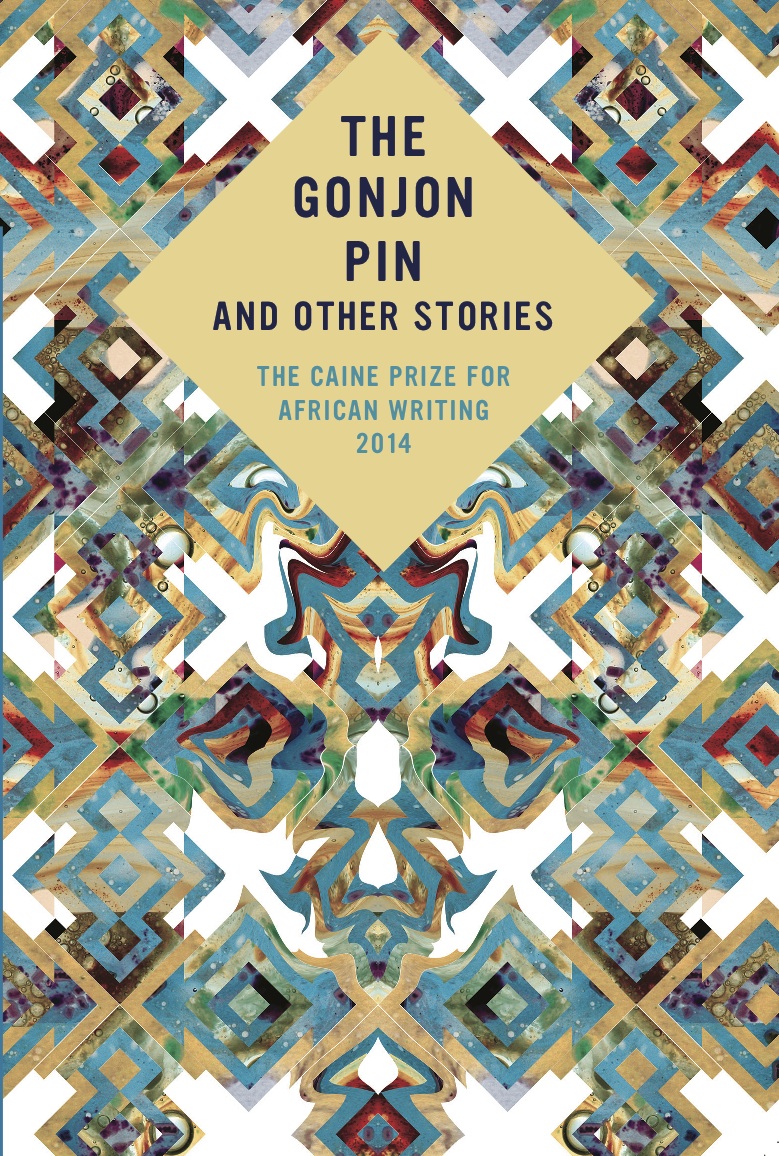
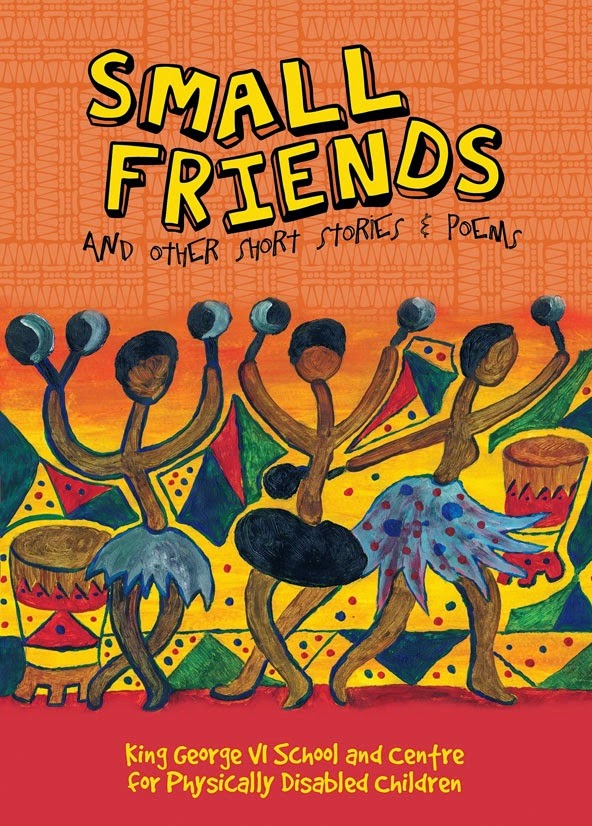

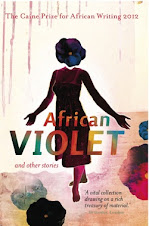
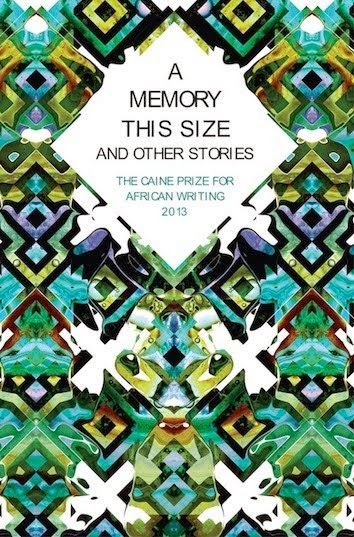
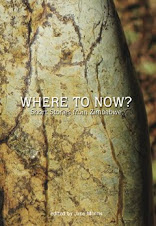
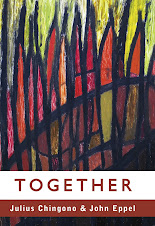
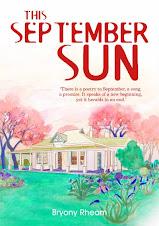.jpg)

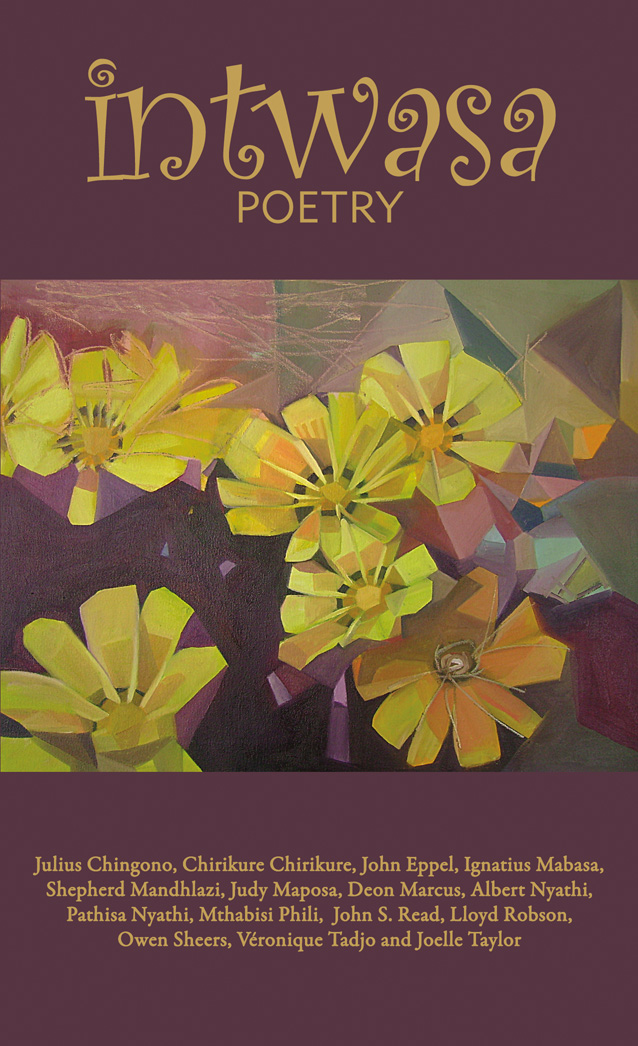
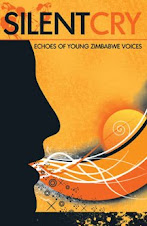

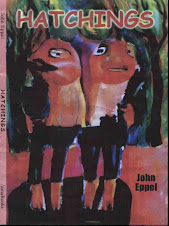
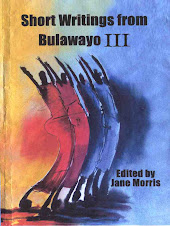


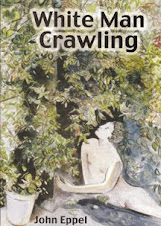


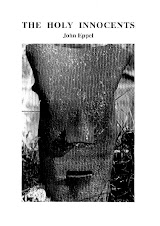






.jpg)











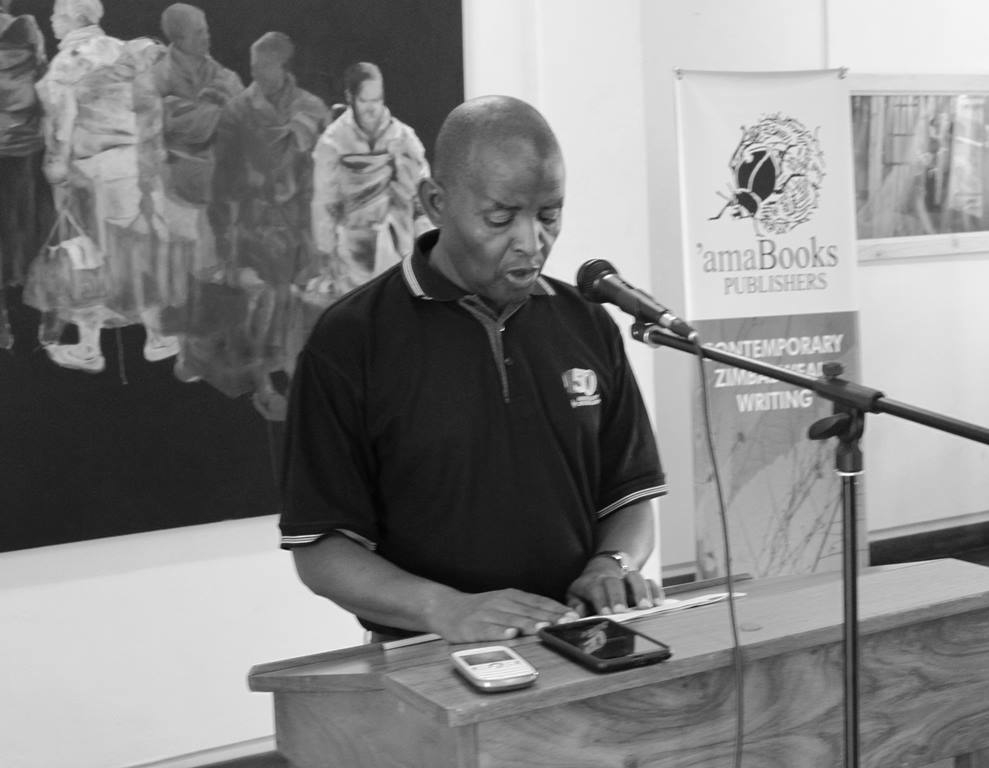


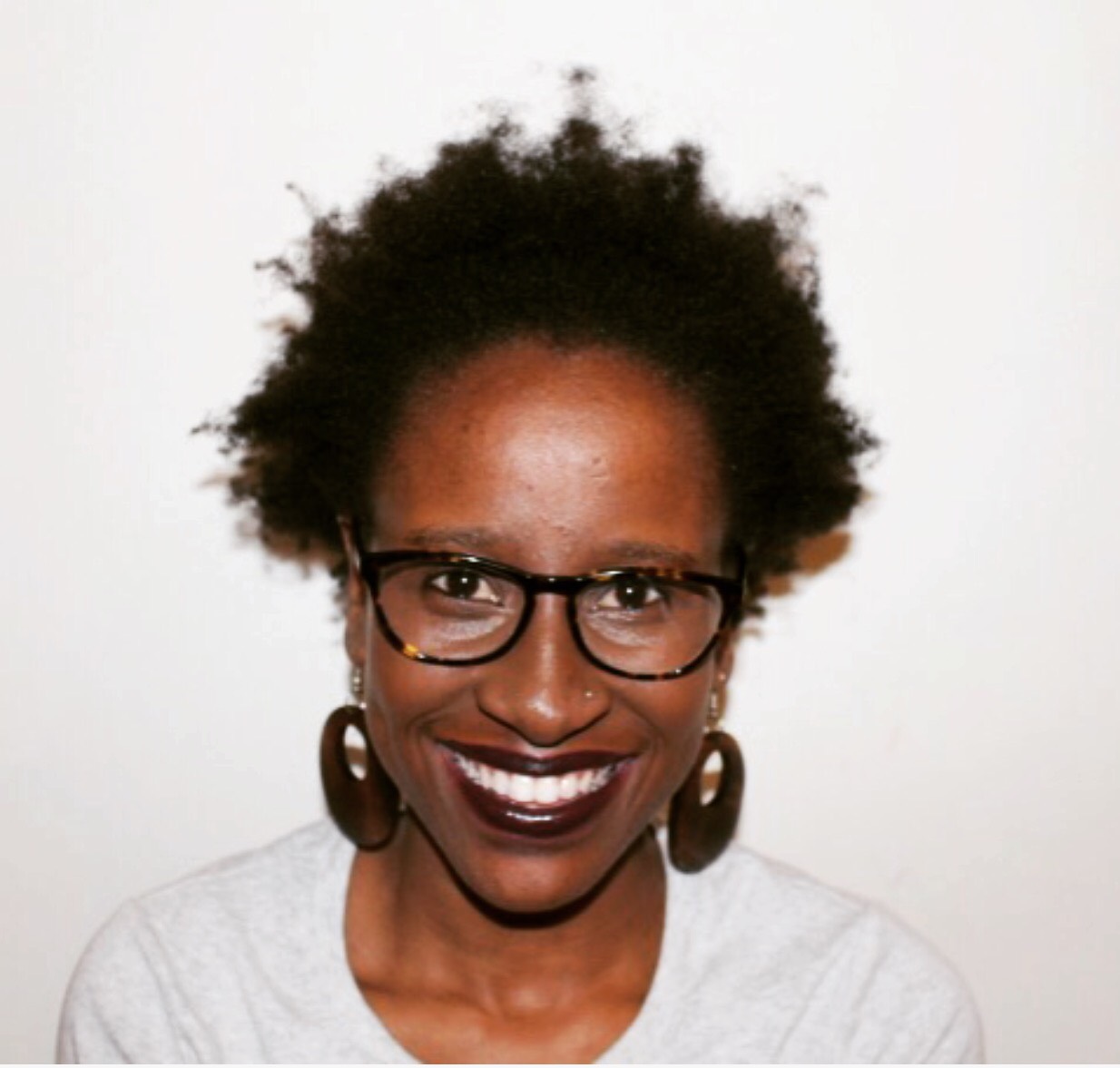
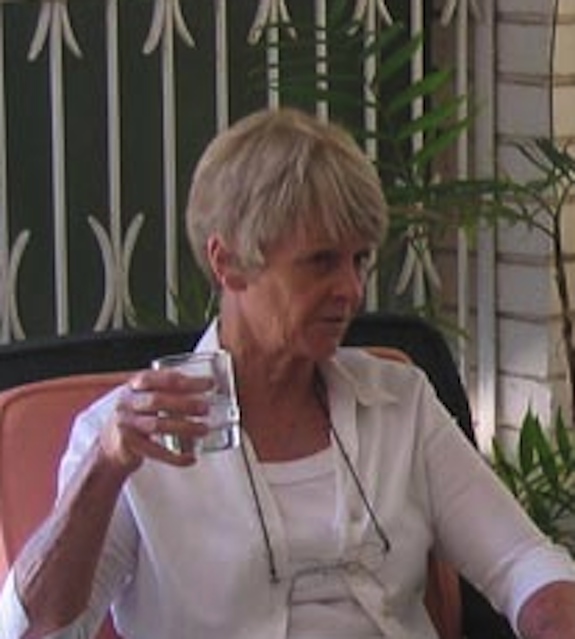



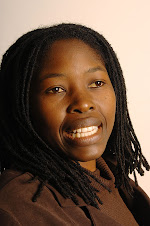
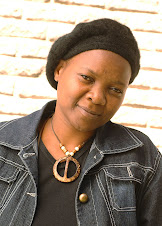
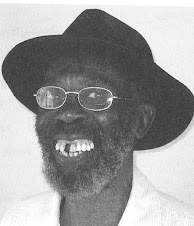






No comments:
Post a Comment